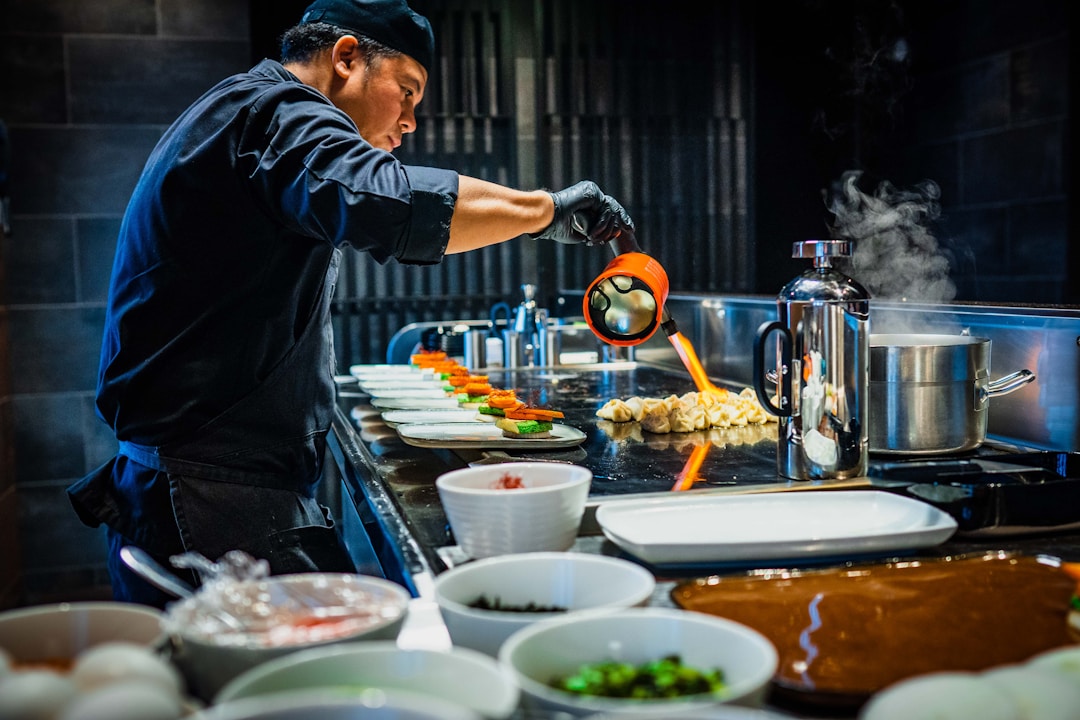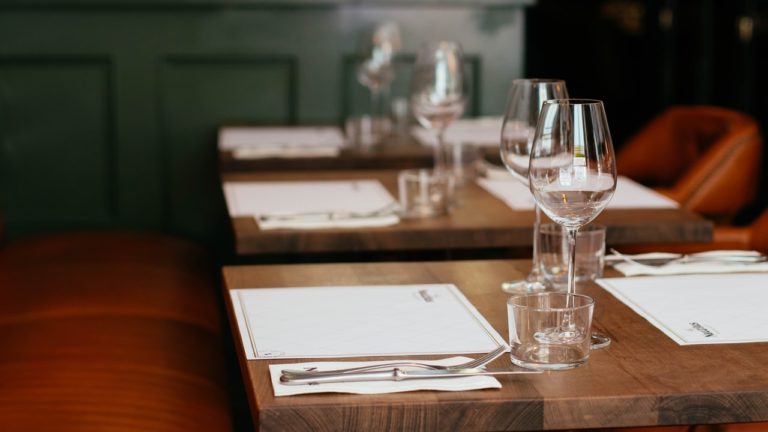Restaurants offer consumers a memorable dining experience. People go to restaurants to enjoy food prepared by professionals. They’re attracted to specific restaurants because of the menu and the atmosphere. Restaurants are also social hubs where people connect with family and friends, making them an essential part of the community.
Despite the pros of a great restaurant, running a successful restaurant can be challenging. Many restaurants struggle and close their doors, but you can launch a thriving restaurant by ensuring you have everything you need before opening your doors. Read on to identify the essentials required to open a restaurant.
Business Plan

Every business needs a comprehensive business plan. Business plans outline the critical details about the business, such as how much it will cost to operate the business and how the company will generate income. Every business plan starts with research. Identify your competition. Figure out if there are ways to set yourself apart from your competitors. For example, perhaps you want to launch a fast food restaurant in a neighborhood that has a McDonald’s and a Subway. You could set your fast food establishment apart by offering nutritious, low-calorie meals and snacks for health-conscious consumers. The type of restaurant will define whether you should be spending your budget on a sandwich prep table, drinkware, or coolers.
Your business plan should also outline your marketing strategy and highlight ways to use social media and search engine optimization (SEO) marketing strategies to raise your profile and attract consumers.
Location

A restaurant’s location can make the difference between success and failure. If your goal is to attract the lunch crowd, but you’re far from businesses and other locations where people work, you may have difficulty attracting your intended clientele. Restaurants are more likely to succeed if they’re located in safe neighborhoods with convenient access to public transit or plenty of parking. Restaurants featuring ethnic cuisine may be more successful if they’re proximate to communities where people who enjoy those types of entrees live.
Equipment

Your equipment will make a significant difference in your overall operations. You need the best restaurant equipment available to ensure you can safely store and preserve food. You’ll also need suitable workspaces for chefs and line cooks who prepare food.
Although some of your equipment needs may vary based on the type of food you serve, everyday equipment needs include sandwich prep tables, pizza prep tables, mixers, grills, salad prep tables, refrigerators, dishwashers, and freezers. Most prep tables are stainless steel because steel is durable and easy to clean. You may also need additional equipment, such as deep fryers, ice machines, and commercial ovens. Find a reputable restaurant equipment supplier to ensure you have access to the equipment you need. Some restaurant equipment suppliers offer direct financing, making it possible to afford the best equipment for a cheaper price. Some equipment, such as Atosa’s 48″ salad prep table, comes with a 5-year warranty, ensuring this equipment will meet your needs for several years. Most types of equipment you need come in different sizes, and your location may affect your size options, like whether you need a smaller cooler or a larger cooler, when you’re buying new products for your kitchen.
Before you make your purchases, refer to comprehensive reviews outlining the pros and cons of different equipment. For example, when choosing between RTIC and YETI coolers, Google “RTIC vs YETI cooler” to find a detailed review outlining each cooler brand’s features. Detailed reviews evaluate the price difference, as well as specific advantages each cooler model offers. For example, YETI coolers ensure extended ice life, which means your cooler contents will stay cold longer. YETI sells hard coolers and soft coolers, and their coolers have wheels. When you’re looking for the best cooler on the market, YETI coolers outperform RTIC coolers.
Employees

The quality of your staff team will significantly impact your success. Find chefs, line cooks, and servers capable of providing superior customer service while performing their duties. Contracting a human resources professional is a great way to streamline the hiring process. Your human resources manager can create employee handbooks, develop procedures for addressing staff issues, and screen applicants to ensure you hire the most qualified employees. While it can be challenging to pay competitive wages when you’re starting, it’s a good idea to pay substantial salaries to attract experienced restaurant staff. Avoiding staff turnover helps maintain food quality and service consistency and saves you time and money in the long run.
Atmosphere

You’ll need a dining area people appreciate. Your dining area should include comfortable furniture because nobody will enjoy their dining experience if they’re uncomfortable while they eat. Your furniture can fit a theme or design style suitable for the clientele you hope to attract. For example, if you hope to become a hub for college students, you may choose fun, artsy decor. If you hope to attract affluent professionals, you may opt for high-end furniture. You’ll also have to choose between light, bright eating spaces, and a cozy, intimate dining room. Your dining room design choices will establish your restaurant’s atmosphere.
Supplies

You’ll need additional supplies. Locate a food supplier who can deliver food products to your restaurant to ensure you have all the essential ingredients you need. Google “water service near me” to locate a bottled water supplier in your area. You’ll also need other supplies, including drinkware, cutlery, and tablecloths. Depending on your atmosphere, you may even open an account with a local florist who supplies fresh-cut flowers for tables in the dining room.
Starting a restaurant involves creating a business plan, securing a location, purchasing equipment, hiring staff, establishing your atmosphere, and obtaining the supplies you need. A comprehensive business plan ensures you also have a marketing plan, so you’re ready to promote your restaurant once you open your doors.

